Investigating The Hells Angels: Their Activities And Public Perception
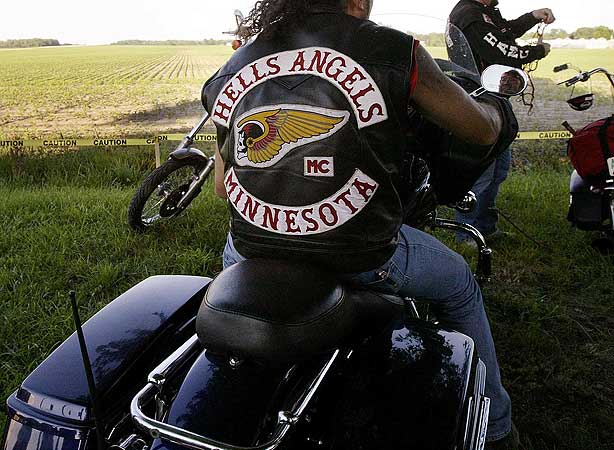
Table of Contents
A History of the Hells Angels
The Hells Angels' story begins in 1948, in the post-war landscape of California. Initially a loose collection of motorcycle enthusiasts, the club quickly established itself, attracting a membership drawn to its rebellious image and sense of brotherhood. Their evolution wasn't without conflict; the Hells Angels engaged in numerous violent clashes with rival motorcycle clubs, solidifying their reputation for aggression and brutality. This early history, coupled with sensationalized media portrayals, contributed significantly to the Hells Angels' notorious image.
- Founding in 1948 in California: The original Hells Angels chapter was formed in Fontana, California.
- Expansion across the US and internationally: The club rapidly expanded, establishing chapters across the United States and eventually internationally, creating a global network.
- Key conflicts and rivalries with other motorcycle clubs: The Hells Angels' history is punctuated by violent conflicts with rival gangs like the Mongols and Bandidos. These conflicts often resulted in significant media attention and further cemented their image as dangerous outlaws.
- Media portrayals and their impact on public perception: From early newspaper articles to Hollywood films, media representations often exaggerated the Hells Angels' activities, fueling public fears and misconceptions.
Criminal Activities of the Hells Angels
The Hells Angels are not just a motorcycle club; they're widely recognized as an organized crime syndicate involved in a vast network of illegal activities. Their criminal enterprises generate significant profits, fueling their expansion and influence. Law enforcement agencies worldwide consider them a serious threat due to their sophisticated criminal networks and willingness to use violence.
- Drug trafficking (methamphetamine, cocaine, etc.): The Hells Angels are heavily implicated in the manufacture, distribution, and sale of various illegal drugs, particularly methamphetamine and cocaine.
- Arms trafficking: The illegal trade of firearms provides weapons for their criminal activities and generates substantial revenue.
- Extortion and racketeering: The club uses intimidation and threats to extort money from businesses and individuals, maintaining control over various territories.
- Money laundering: Sophisticated money laundering schemes are employed to conceal the proceeds of their criminal activities.
- Violence and murder: Violence is a tool used to enforce control, settle disputes, and eliminate rivals. Numerous murders and assaults have been linked to the Hells Angels.
The Internal Structure and Organization of the Hells Angels
The Hells Angels operate with a rigid hierarchical structure. This organization, essential to their effectiveness as a criminal enterprise, allows for efficient command and control across their various chapters. Membership is carefully regulated, with a demanding initiation process.
- "Prospect" and "member" statuses: Individuals must go through a probationary period as a "prospect" before being accepted as a full "member."
- Patching in and the significance of the emblem: The iconic "death head" emblem is a symbol of membership and a visible display of allegiance.
- Strict hierarchy and chain of command: The club is organized into chapters, with a clear chain of command extending from local chapters to national and even international leadership.
- Use of violence to maintain control and discipline: Violence is integral to maintaining order and enforcing the club's rules.
Public Perception and Media Representation of the Hells Angels
Media portrayals have significantly shaped public perception of the Hells Angels. While some representations focus on the criminal aspects, others romanticize the outlaw biker lifestyle, creating a complex and often conflicting image. This duality makes it challenging to separate fact from fiction when discussing the Hells Angels.
- Sensationalized media coverage and its effects: News reports often focus on the most violent and dramatic aspects of the club's activities, reinforcing negative stereotypes.
- The romanticization of outlaw biker culture: Movies and television shows have sometimes portrayed the Hells Angels in a glamorous light, appealing to a certain romanticism associated with rebellion.
- Misconceptions and inaccurate representations: The media's focus on sensationalism often leads to inaccuracies and misleading portrayals.
- Public perception versus reality: The public understanding of the Hells Angels is often a mixture of fear, fascination, and misinformation.
Law Enforcement Efforts Against the Hells Angels
Law enforcement agencies worldwide face significant challenges in combating the Hells Angels' criminal activities. The club's sophisticated organization, its use of violence, and its international reach make it a difficult target. However, various strategies have been employed with varying degrees of success.
- RICO Act prosecutions: The Racketeer Influenced and Corrupt Organizations Act (RICO) has been used effectively to prosecute high-ranking members.
- Undercover operations and infiltration: Undercover agents have infiltrated the club to gather evidence and build cases against members.
- International cooperation in combating transnational crime: Collaboration between law enforcement agencies across borders is crucial to tackling the Hells Angels' international operations.
- Challenges in gathering evidence and prosecuting members: The Hells Angels' culture of secrecy and loyalty makes it difficult to gather evidence and secure convictions.
Conclusion
This investigation into the Hells Angels reveals a complex organization with a long and controversial history. Their involvement in serious criminal activities is undeniable, yet the public perception is often a mixture of fear, fascination, and misunderstanding. Understanding the Hells Angels' structure, operations, and impact on society is crucial for effective law enforcement strategies and for dispelling myths surrounding this notorious motorcycle club. Further research and ongoing investigation of the Hells Angels are vital to comprehending their activities and mitigating their influence. Continue your exploration of the Hells Angels; learn more about their history, criminal operations, and the ongoing efforts to combat their activities.

Featured Posts
-
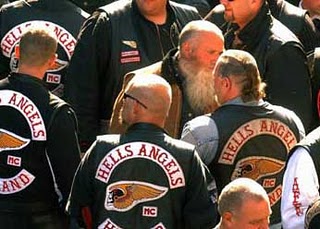 Hells Angels Structure Organization And Activities
May 25, 2025
Hells Angels Structure Organization And Activities
May 25, 2025 -
 Jenson And The Fw 22 Extended Features And Updates Explained
May 25, 2025
Jenson And The Fw 22 Extended Features And Updates Explained
May 25, 2025 -
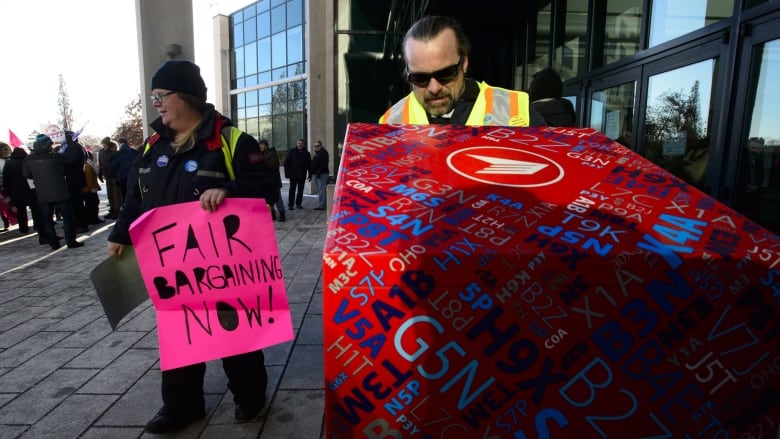 Alternative Delivery Services Capitalize On Canada Post Shortcomings
May 25, 2025
Alternative Delivery Services Capitalize On Canada Post Shortcomings
May 25, 2025 -
 Top Tv And Streaming Choices Today The Skinny Jab Revolution Black 47 And Roosters
May 25, 2025
Top Tv And Streaming Choices Today The Skinny Jab Revolution Black 47 And Roosters
May 25, 2025 -
 Understanding Jenson And The Fw 22 Extended A Deeper Dive
May 25, 2025
Understanding Jenson And The Fw 22 Extended A Deeper Dive
May 25, 2025
Latest Posts
-
 Link Live Streaming Moto Gp Inggris Saksikan Race Sprint Pukul 20 00 Wib
May 26, 2025
Link Live Streaming Moto Gp Inggris Saksikan Race Sprint Pukul 20 00 Wib
May 26, 2025 -
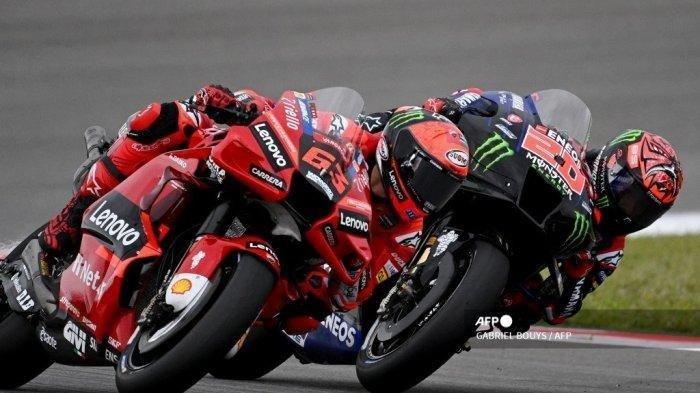 Siaran Langsung Moto Gp Inggris 2025 Sprint Race Link And Jadwal Pukul 20 00 Wib
May 26, 2025
Siaran Langsung Moto Gp Inggris 2025 Sprint Race Link And Jadwal Pukul 20 00 Wib
May 26, 2025 -
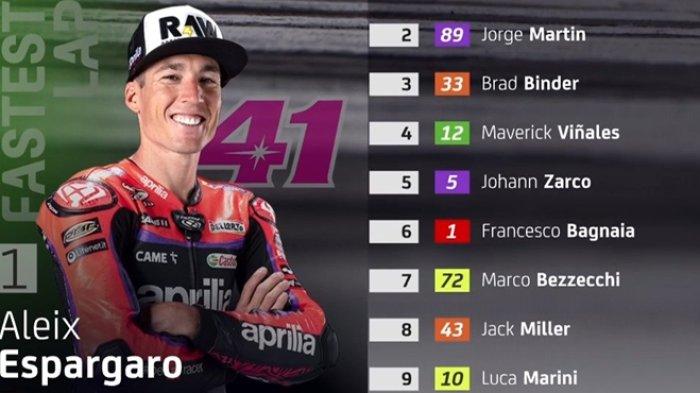 Nonton Live Streaming Moto Gp Inggris 2025 Sprint Race Jam 20 00 Wib
May 26, 2025
Nonton Live Streaming Moto Gp Inggris 2025 Sprint Race Jam 20 00 Wib
May 26, 2025 -
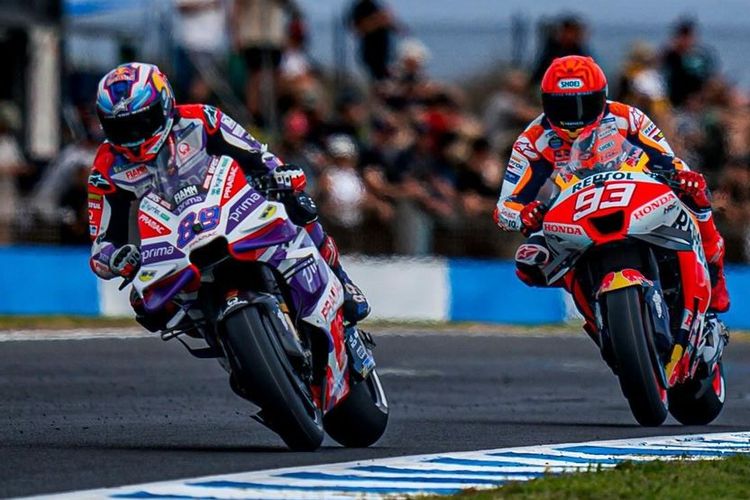 Live Streaming Moto Gp Inggris 2025 Sprint Race Pukul 20 00 Wib
May 26, 2025
Live Streaming Moto Gp Inggris 2025 Sprint Race Pukul 20 00 Wib
May 26, 2025 -
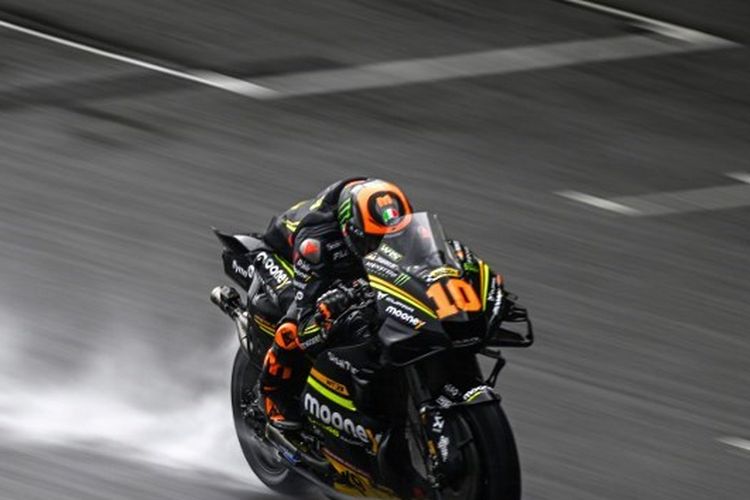 Link Live Streaming Moto Gp Inggris 2025 Saksikan Sprint Race Pukul 20 00 Wib
May 26, 2025
Link Live Streaming Moto Gp Inggris 2025 Saksikan Sprint Race Pukul 20 00 Wib
May 26, 2025
